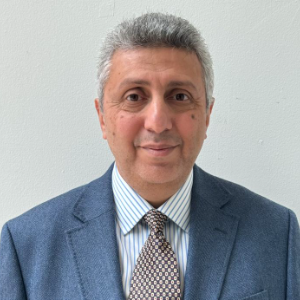Unsafe Abortion
Unsafe abortion is defined as a procedure for terminating an unwanted pregnancy carried out either by a person lacking the necessary skills or in an environment lacking the minimal medical standards, or both. Unsafe abortions are a global public health problem and are estimated to account for approximately 25% of all maternal deaths worldwide. Unsafe abortions occur when a woman is unable to access safe, legal abortion services. In many countries, these services are not available or are restricted due to laws, policies, or other factors. Women who live in poverty and lack access to safe, affordable services are more likely to resort to unsafe abortions. Unsafe abortions can lead to a variety of health complications, including infection, shock, hemorrhage, and organ damage. Unsafe abortions are also associated with an increased risk of infertility, preterm birth, and long-term complications such as pelvic inflammatory disease. Unsafe abortions are preventable and the World Health Organization (WHO) recommends a range of strategies to reduce their incidence. These include improving access to quality family planning services, providing education about contraception and reproductive health, and ensuring access to safe, legal abortion services. In addition, laws and policies should be reviewed to ensure that women are not punished for having an unsafe abortion.

Neda Zarrin-Khameh
Baylor College of Medicine, United States
Marlen Sulamanidze
Total Charm Clinic, Georgia
Mohamed M Hosni
London North West University Healthcare NHS Trust, United Kingdom
Neda Zarrin-Khameh
Baylor College of Medicine, United States
Marlen Sulamanidze
Total Charm Clinic, Georgia
Mohamed M Hosni
London North West University Healthcare NHS Trust, United Kingdom




Title : Evaluate the changes in SP-D levels in plasma during different phases of the menstrual cycle recruited from the Well- Adult Surfactant Protein Study (WASP)
Natnicha Kitti udom, University College London, Thailand
Title : Synergistic antifibrotic potential of protocatechuic acid and D-Carvone in liver protection
Ling Yin, Hefei Comprehensive National Science Center, China
Title : Pathologic findings in women with atypical glandular cells on Pap test
Neda Zarrin-Khameh, Baylor College of Medicine, United States
Title : Non-ablative radiofrequency for pelvic floor dysfunction and female intimate anti-aging: a 6-month prospective multi-centre cohort objectiv
Shaadaiti Wufuer, First Affiliated Hospital of Xinjiang Medical University, China
Title : Benign gynecological conditions and lifetime contraceptive patterns: a population-based analysis of the 2022–2023 national survey of family growth
Mayi Gnofam, Stony Brook University, United States
Title : Hysteroscopic endometrial resection with resectoscope versus Novasure ablation: A look at patient satisfaction with treatment of abnormal uterine bleeding and rates of progression to hysterectomy
Genevieve Kan, West Gippsland Healthcare Group, Australia